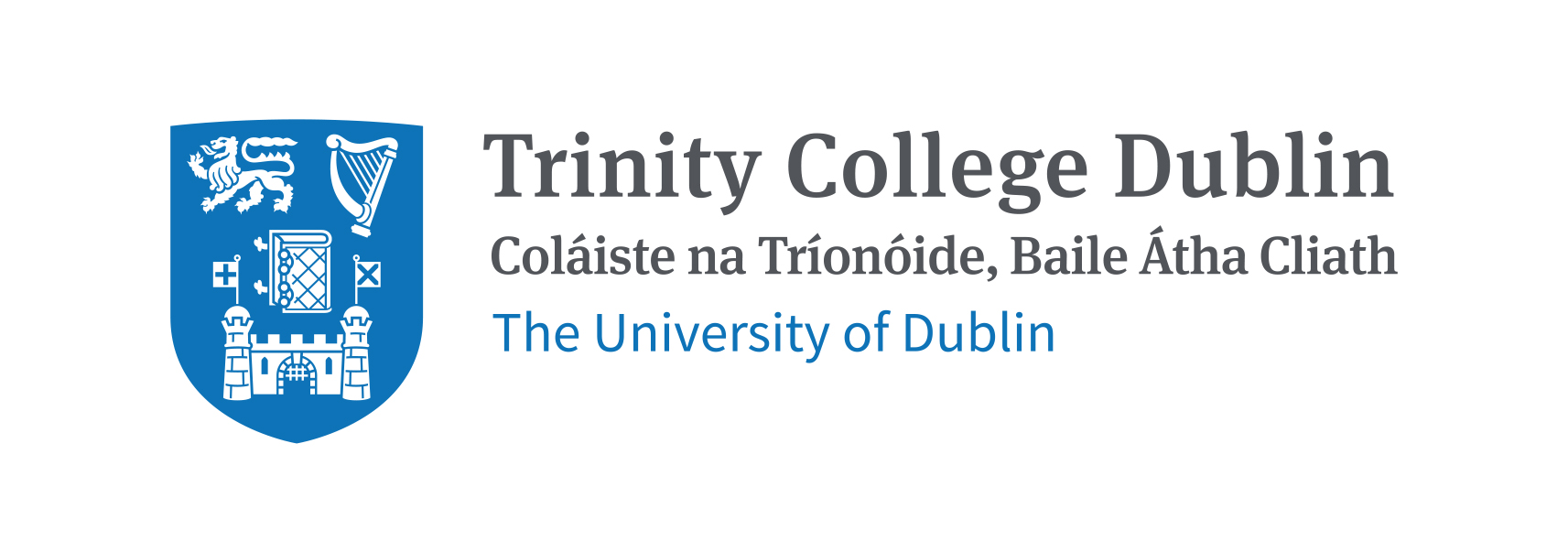| dc.contributor.author | Mc Lysaght, Aoife | |
| dc.date.accessioned | 2021-03-23T10:18:24Z | |
| dc.date.available | 2021-03-23T10:18:24Z | |
| dc.date.issued | 2014 | |
| dc.date.submitted | 2014 | en |
| dc.identifier.citation | McLysaght, A., Makino, T., Grayton, H.M., Tropeano, M., Mitchell, K.J., Vassos, E., Collier, D.A., Ohnologs are overrepresented in pathogenic copy number mutations, Proceedings of the National Academy of Sciences of the United States of America, 2014 Jan 7;111(1):361-6 | en |
| dc.identifier.other | Y | |
| dc.description | PUBLISHED | en |
| dc.description.abstract | A number of rare copy number variants (CNVs), including both deletions and duplications, have been associated with developmental disorders, including schizophrenia, autism, intellectual disability, and epilepsy. Pathogenicity may derive from dosage sensitivity of one or more genes contained within the CNV locus. To understand pathophysiology, the specific disease-causing gene(s) within each CNV need to be identified. In the present study, we test the hypothesis that ohnologs (genes retained after ancestral whole-genome duplication events, which are frequently dosage sensitive) are overrepresented in pathogenic CNVs. We selected three sets of genes implicated in copy number pathogenicity: (i) genes mapping within rare disease-associated CNVs, (ii) genes within de novo CNVs under negative genetic selection, and (iii) genes identified by clinical array comparative genome hybridization studies as potentially pathogenic. We compared the proportion of ohnologs between these gene sets and control genes, mapping to CNVs not known to be disease associated. We found that ohnologs are significantly overrepresented in genes mapping to pathogenic CNVs, irrespective of how CNVs were identified, with over 90% containing an ohnolog, compared with control CNVs >100 kb, where only about 30% contained an ohnolog. In some CNVs, such as del15p11.2 (CYFIP1) and dup/del16p13.11 (NDE1), the most plausible prior candidate gene was also an ohnolog, as were the genes VIPR2 and NRXN1, each found in short CNVs containing no other genes. Our results support the hypothesis that ohnologs represent critical dosage-sensitive elements of the genome, possibly responsible for some of the deleterious phenotypes observed for pathogenic CNVs and as such are readily identifiable candidate genes for further study. | en |
| dc.format.extent | 361-6 | en |
| dc.language.iso | en | en |
| dc.relation.ispartofseries | Proceedings of the National Academy of Sciences of the United States of America; | |
| dc.relation.ispartofseries | 111; | |
| dc.relation.ispartofseries | 1; | |
| dc.rights | Y | en |
| dc.subject | pathogenic CNVs | en |
| dc.subject | rare copy number variants (CNVs) | en |
| dc.subject | Pathogenicity | en |
| dc.subject | Evolution | en |
| dc.subject | Microdeletion | en |
| dc.subject | Microduplication | en |
| dc.subject | Neurodevelopmental | en |
| dc.title | Ohnologs are overrepresented in pathogenic copy number mutations. | en |
| dc.type | Journal Article | en |
| dc.type.supercollection | scholarly_publications | en |
| dc.type.supercollection | refereed_publications | en |
| dc.identifier.peoplefinderurl | http://people.tcd.ie/mclysaga | |
| dc.identifier.rssinternalid | 90563 | |
| dc.identifier.doi | http://dx.doi.org/10.1073/pnas.1309324111 | |
| dc.rights.ecaccessrights | openAccess | |
| dc.subject.TCDTheme | Genes & Society | en |
| dc.subject.TCDTheme | Neuroscience | en |
| dc.identifier.orcid_id | 0000-0003-2552-6220 | |
| dc.contributor.sponsor | Science Foundation Ireland | en |
| dc.identifier.uri | http://hdl.handle.net/2262/95833 | |



